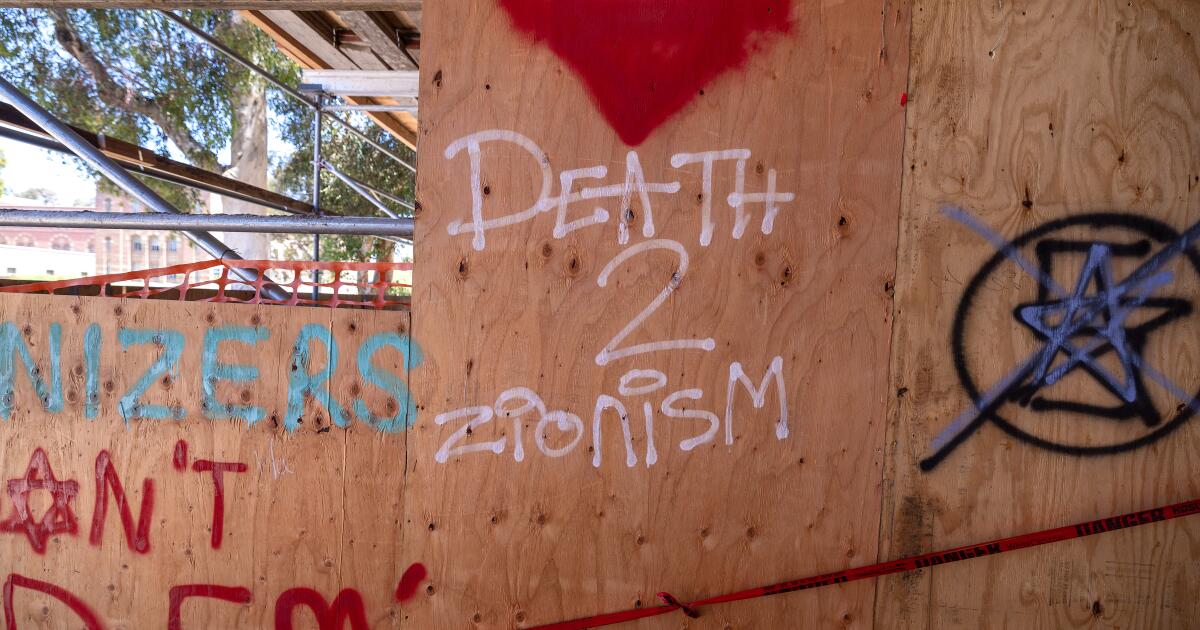Federal Aviation Administration officials cleared the runway for Boeing's 737 Max 9 to fly again less than a month after part of an Alaska Airlines plane blew up mid-air over Oregon.
The FAA announced that it was giving the green light to an inspection and maintenance process for the 171 Boeing 737 Max 9 planes currently grounded, most belonging to Alaska and United Airlines. If the planes pass inspections, they will likely be cleared to fly this weekend.
“The comprehensive and enhanced review our team completed after several weeks of information gathering gives me and the FAA confidence to proceed to the inspection and maintenance phase,” said FAA Administrator Mike Whitaker. said in a statement Wednesday.
Alaska announced on social media that it intends to fly some of these planes on Friday, while United aimed to do so on Sunday.
“No aircraft will fly again until a rigorous inspection based on FAA requirements and Alaska standards is completed to ensure airworthiness,” he said. Alaska Declaration issued he said Wednesday night.
The FAA also signaled that it would not allow Boeing to expand production of its Max fleet, including the embattled 737 Max 9. The action comes as the FAA continues to investigate Boeing.
“Let me be clear: This will not be business as usual for Boeing,” Whitaker said. “We will not accept any requests from Boeing to expand production or approve additional production lines for the 737 Max until we are satisfied that the quality control issues discovered during this process are resolved.”
Both Alaska and United reported loose bolts on their 737 Max 9 planes during internal inspections in the weeks after the Jan. 5 flight. But they were unable to return the planes to service until Boeing and the FAA agreed to a plan for inspections and repairs.
United punished their 79 maximum 9 aircraft on January 6, one day after Alaska grounded all 65 of his Max 9 planes.
That same night, a door plug on a Max 9 burst open shortly after an Alaska Airlines plane took off from Portland, Oregon, en route to Ontario, California. The incident occurred at approximately 16,000 feet as the aircraft approached cruising altitude.
There were no injuries (one teenager had his shirt ripped off) among the 171 passengers despite the plane being forced to make an emergency landing with a gaping hole in the side. Aviation experts say the outcome could have been much worse if a passenger had been sitting next to the exploding plug or if the plane had climbed to 30,000 feet. By chance the seat was unoccupied.
As of Jan. 6, Alaska had canceled 160 flights, affecting the travel of approximately 23,000 travelers. Since then, the company estimated it has turned away between 110 and 150 flights daily. United has canceled between 160 and 170 flights daily.
The FAA said its enhanced maintenance procedures would include an inspection of specific bolts, guides and fittings, plugs and parts of the mid-cabin exit doors, retightening of fasteners and repairs of any damage found.
Whitaker said greater scrutiny was needed immediately after the Max 9 groundings.
“The quality assurance issues we've seen are unacceptable,” Whitaker said. “That's why we will have more troops on the ground closely examining and monitoring production and manufacturing activities.”
Part of the increased oversight includes limiting Boeing's expanded production of the Max 9 to ensure accountability.
While the FAA regulates, the National Transportation Safety Board is also conducting its own investigation into the Alaska Airlines flight.
Boeing has promised to cooperate with both investigations.












